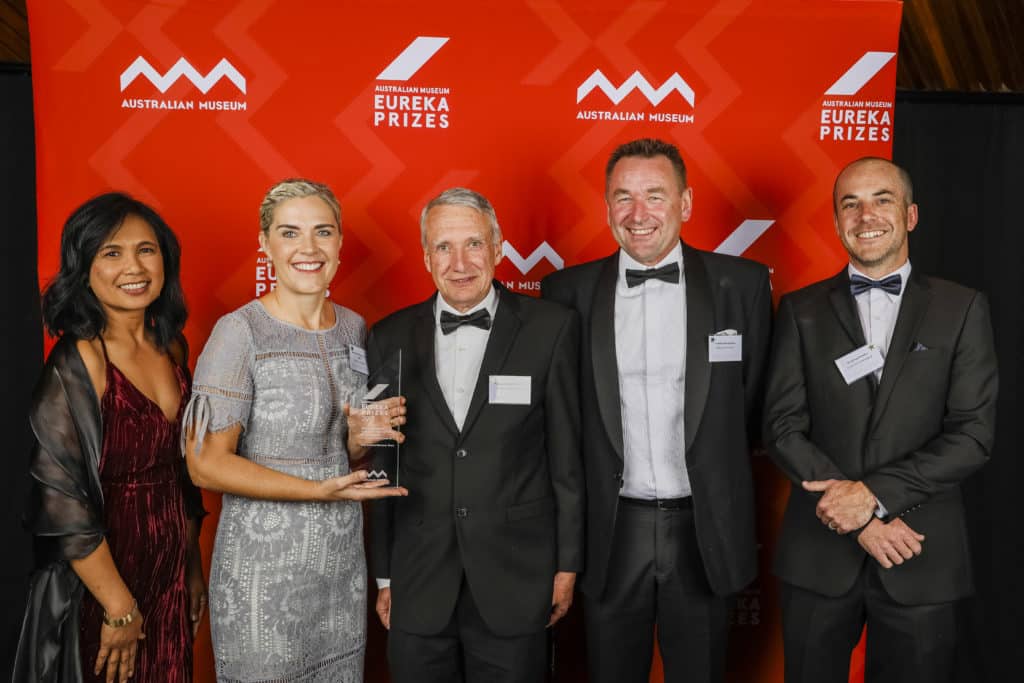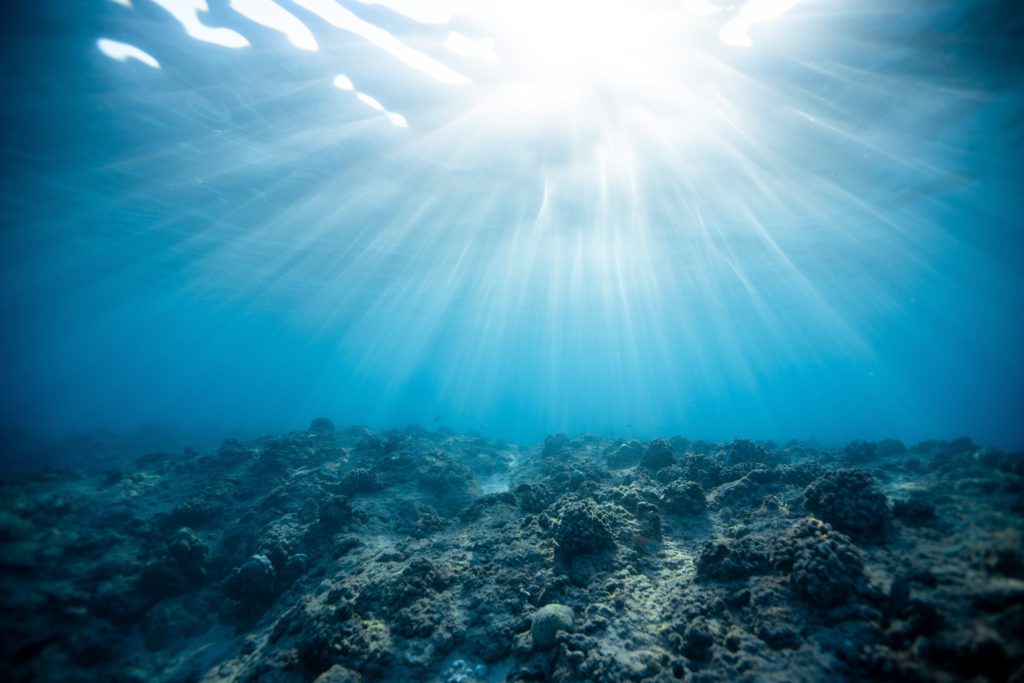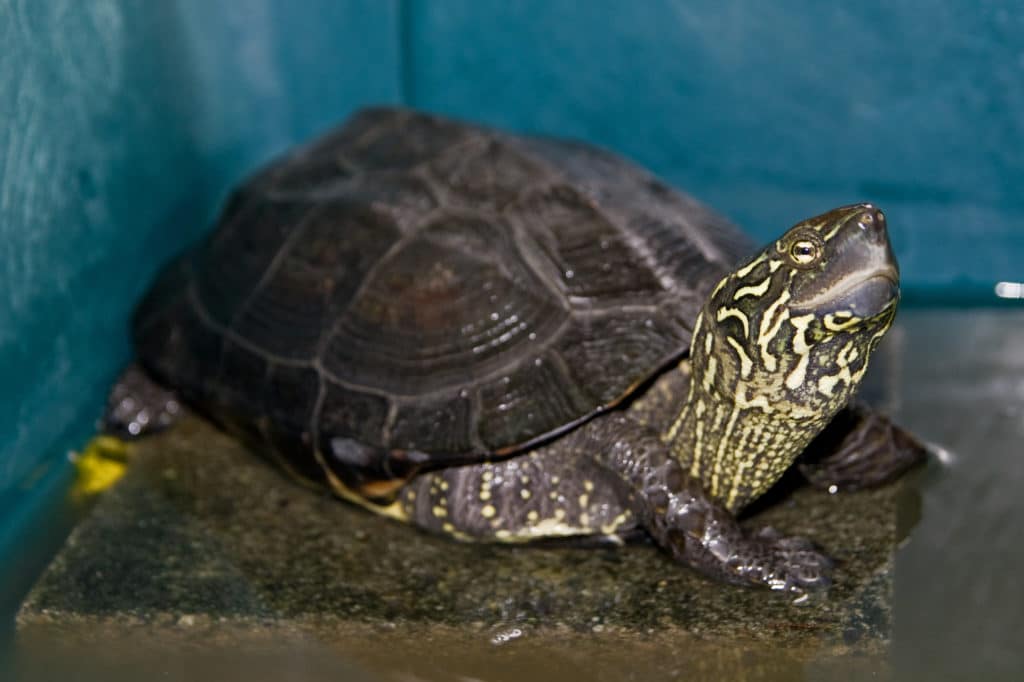Most diamonds are made of cooked seabed.
The diamond on your finger is most likely made of recycled seabed cooked deep in the Earth.
Traces of salt trapped in many diamonds show the stones are formed from ancient seabeds that became buried deep beneath the Earth’s crust, according to new research led by Macquarie University geoscientists.
Most diamonds found at the Earth’s surface are formed this way; others are created by crystallization of melts deep in the mantle.
In experiments recreating the extreme pressures and temperatures found 200 kilometres underground, Dr Michael Förster, Professor Stephen Foley, Dr Olivier Alard, and colleagues at Goethe Universität and Johannes Gutenberg Universität in Germany, have demonstrated that seawater in sediment from the bottom of the ocean reacts in the right way to produce the balance of salts found in diamond.
The study, published in Science Advances, settles a long-standing question about the formation of diamonds. “There was a theory that the salts trapped inside diamonds came from marine seawater, but couldn’t be tested,” says lead author Michael. “Our research showed that they came from marine sediment.”
Continue reading Earth recycles ocean floor into diamonds →

















